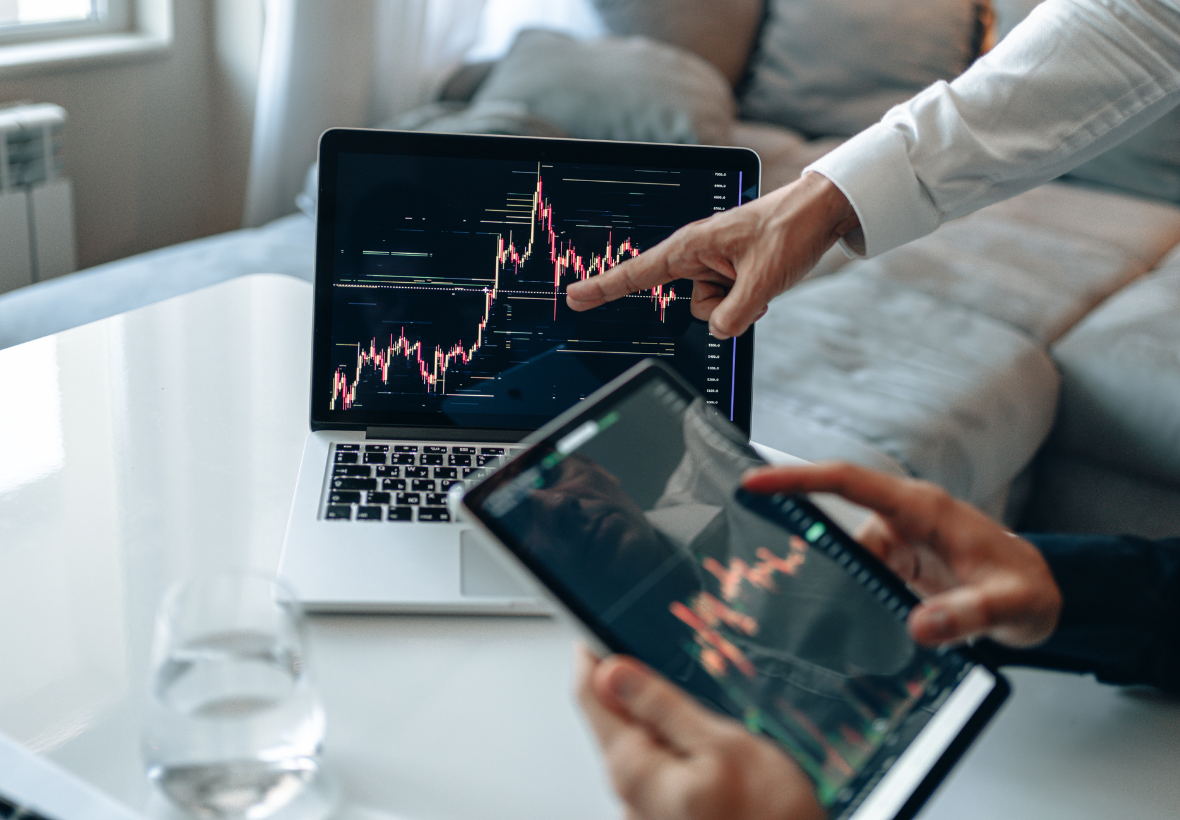How to set up a trading bot

In the digital age, more traders are aiming to automate their trading with specialized programs—trading bots. These tools can operate in the market without human intervention, but to truly generate profits, a bot must be properly configured. Setting up a trading bot is not just a technical task; it’s a strategic process that requires an understanding of both the market and the bot’s functionality.
The first step in configuration is selecting a platform or software. There are many trading bots available—from simple services with graphical interfaces to advanced solutions needing programming skills. Your choice should match the trader’s experience level and objectives. It’s crucial to ensure the selected bot is secure, supports the necessary exchanges, and offers flexible settings.
Once the platform is chosen, the bot needs to be connected to the trading exchange. This is typically done through an API— a special key allowing the bot to manage the user’s account. This step requires careful attention: set access permissions, such as disabling withdrawals, to protect funds from potential threats.
The next, and most critical, step is choosing and setting a trading strategy. This could be a simple tactic like buying on a price dip and selling on a rise, or more complex methods using technical indicators, news signals, and machine learning. It’s important that the strategy matches current market conditions. Fine-tuning strategy parameters involves specifying entry and exit points, stop-losses, take-profits, trading frequency, and position sizes.
Risk management must also be considered. Even the smartest bot can’t guarantee 100% success. Therefore, it’s essential to limit potential losses by setting daily loss limits, maximum open trades, and other parameters to prevent losing all capital in a single bad day.
After setup, testing is crucial. Start with historical data (backtesting) to assess how the bot would have performed in the past. Then, use a demo account or minimal real trades. This helps identify errors and allows adjustments without major risks.
Finally, the bot is set to work, but the process doesn’t end there. Markets constantly change, and even a well-configured bot needs regular monitoring and adaptation. Traders should monitor its actions, analyze reports, and adjust strategies as needed.
In conclusion, setting up a trading bot is a complex and responsible process. It requires technical skills, analytical thinking, and an understanding of market logic. Yet, when done correctly, a bot can become a reliable ally, trading accurately, swiftly, and efficiently, freeing traders from routine tasks and helping achieve consistent results.